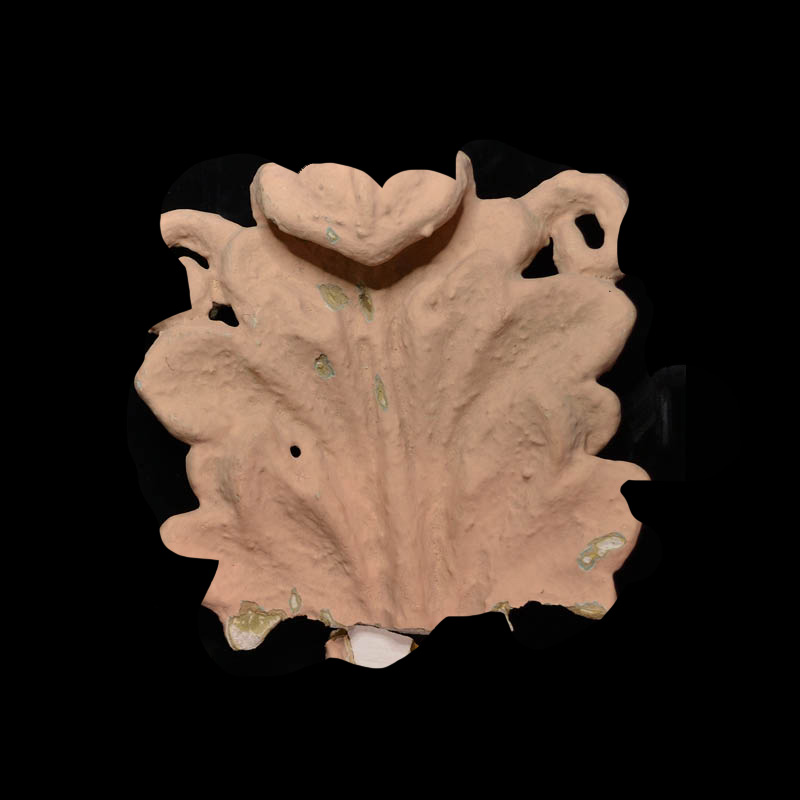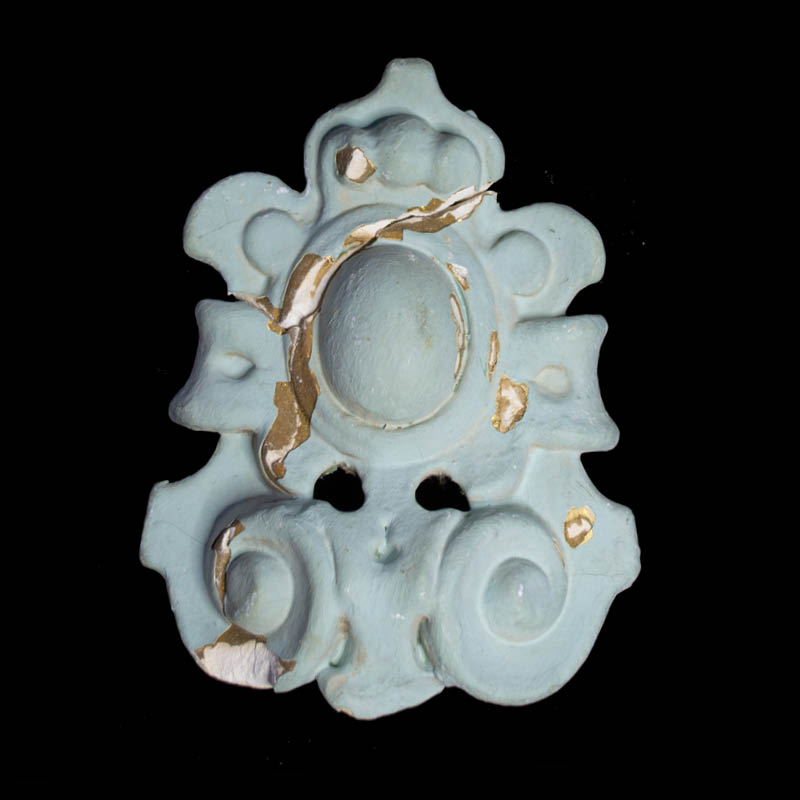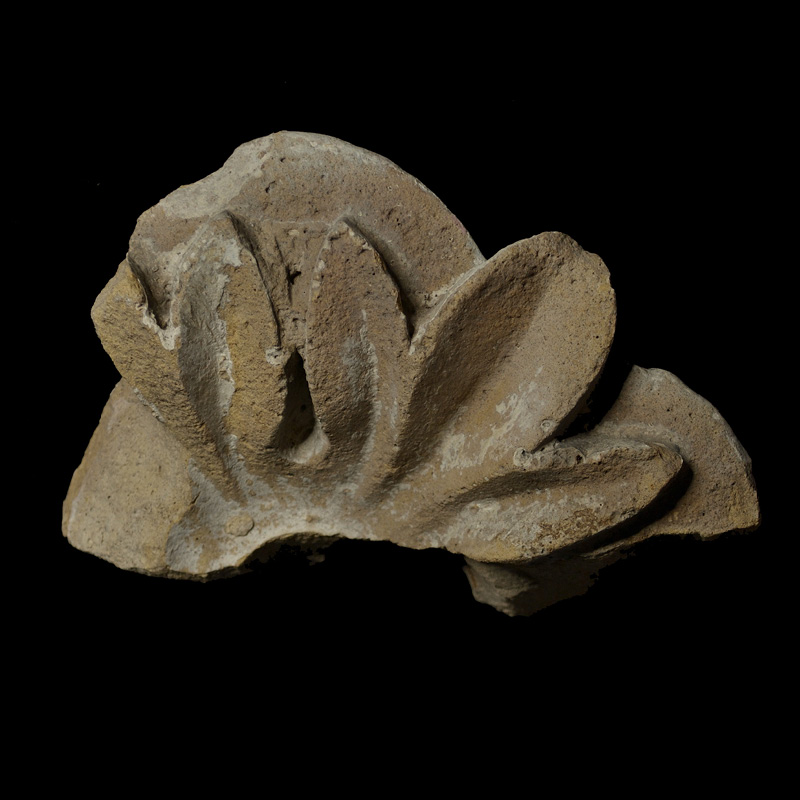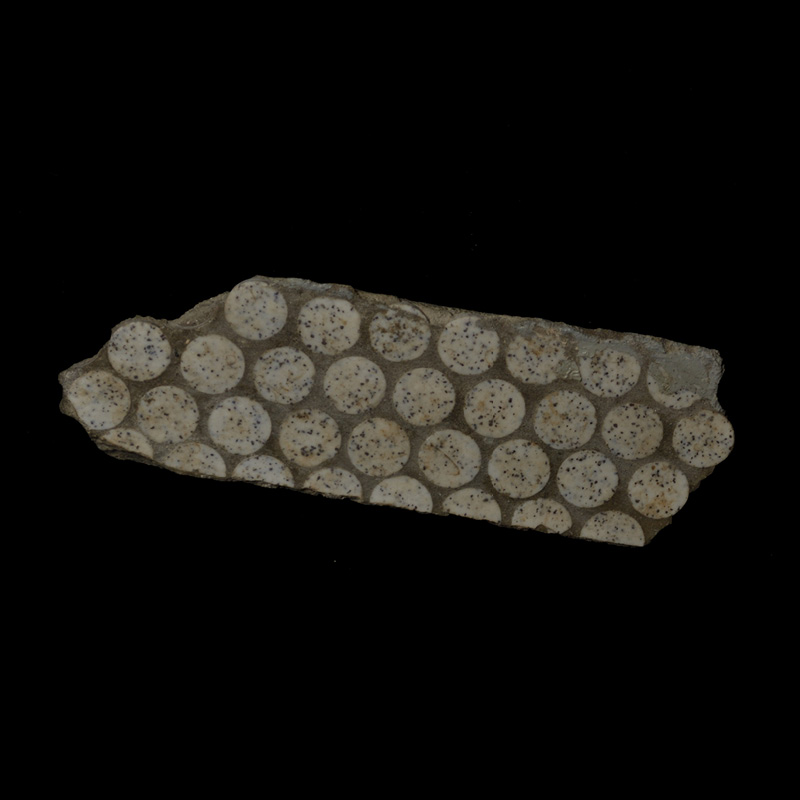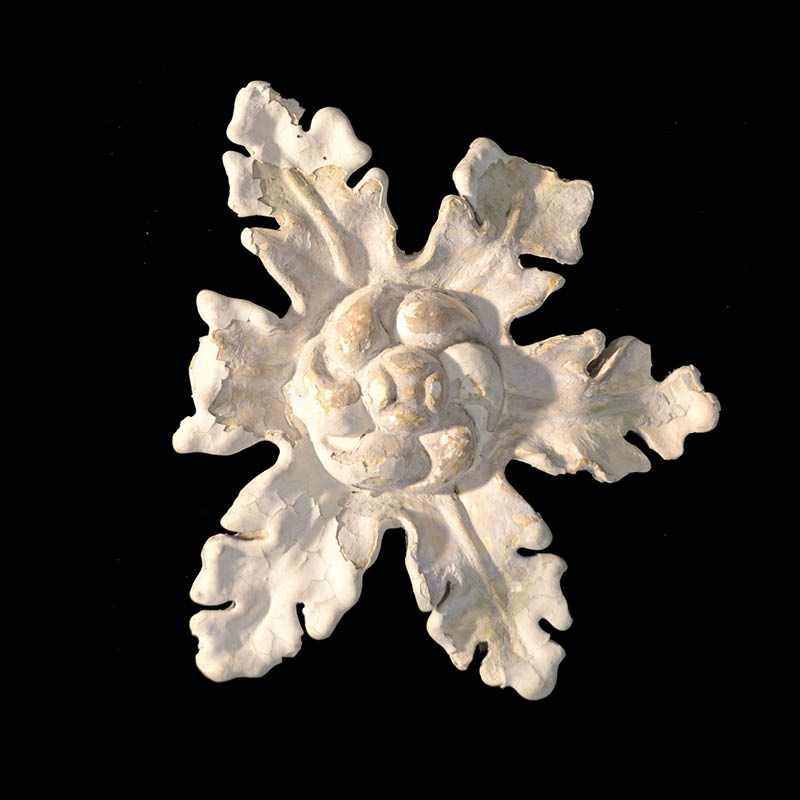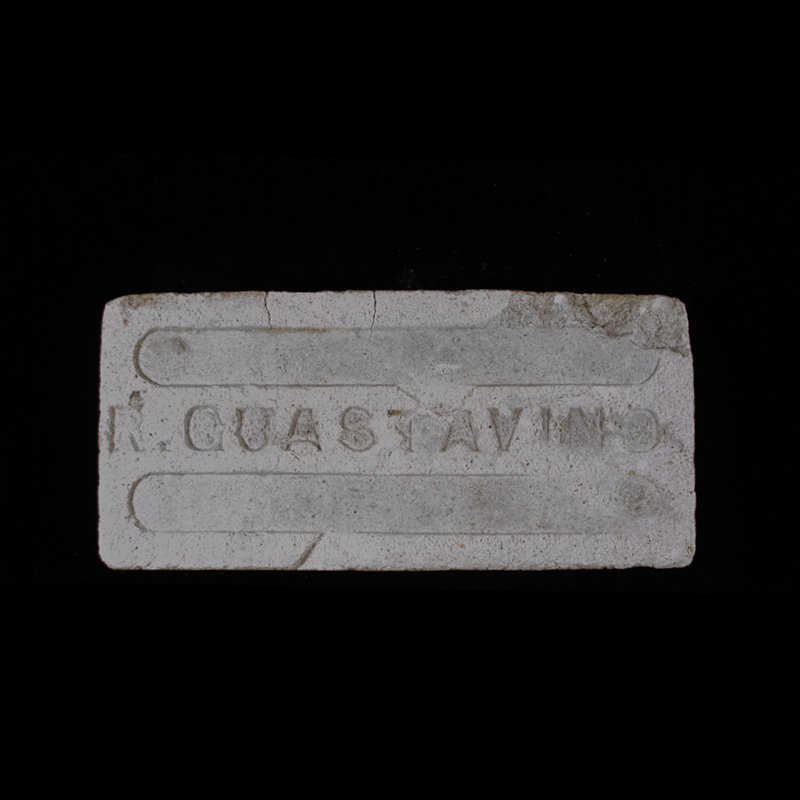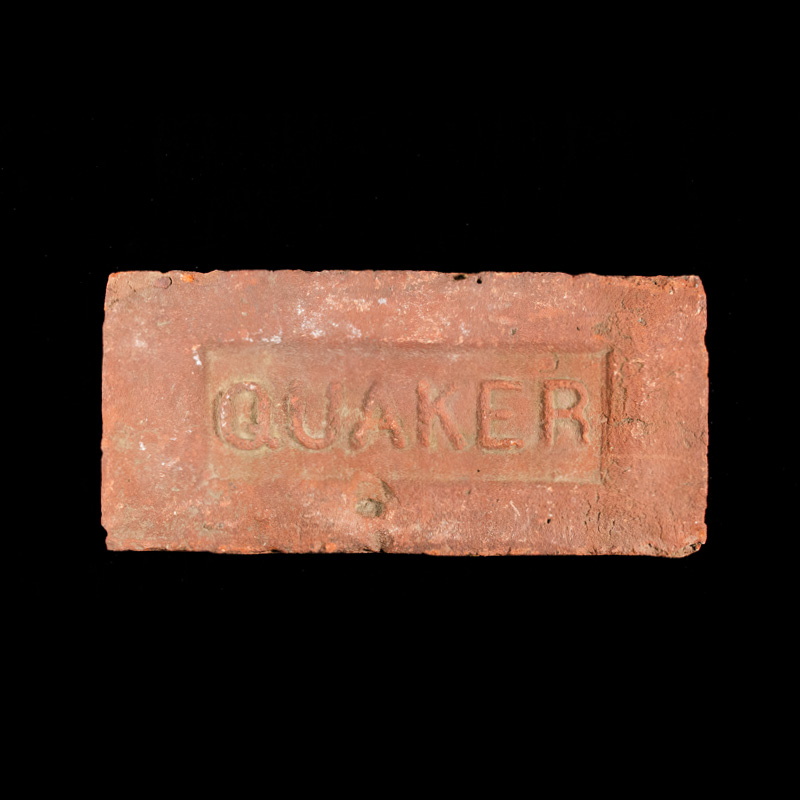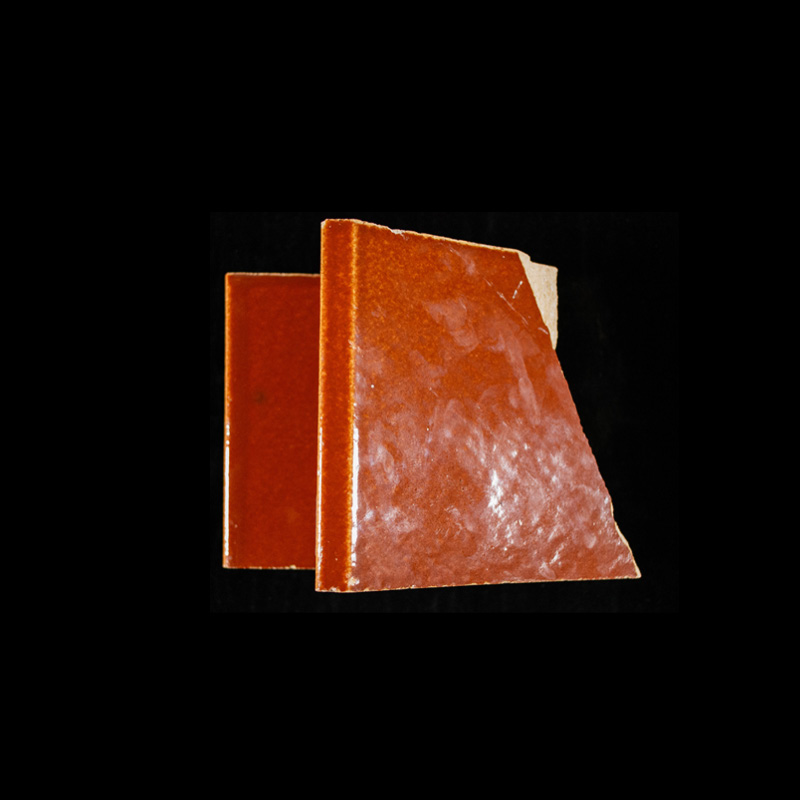Historic Building Materials Collection
The Historic Building Materials Collection (HBMC) is a repository of material samples collected from historic buildings and sites around the world. The collection serves as a ‘library’ of representative building materials and products used in both vernacular and high style construction including archaeological sites worldwide. The collection’s primary function is to provide direct access to traditional and historic building materials either as bulk samples or through advanced sample analysis (e.g. cross section/thin section analysis).
A digital interface makes the collection a searchable online repository that can be queried with filters, date ranges, etc. Not included are commercial material reference standards, usually purchased, such as Wards Economic Geology reference set or National Forest Products Lab reference set.
The collection is organized by material composition: mortars, plasters, terra-cotta, finishes, stone, concrete, etc. The primary composition constitutes the first two digits of the Unique ID.
Specimens may fall into multiple material categories (a section of a wall may fall under finishes, wood, and plaster, with an assigned Unique ID of FI.XXX.XXX)

